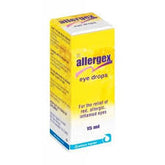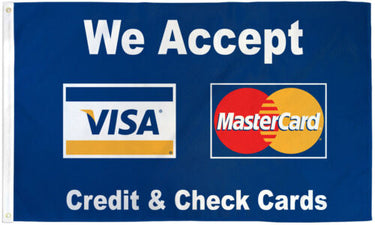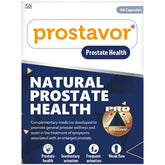First aid
First aid is the immediate care given to someone who is injured or suddenly becomes ill. Proper first aid can save lives, reduce recovery time, and prevent long-term disabilities. This comprehensive guide covers the fundamental principles, techniques, and steps to take in various emergency situations.
Importance of First Aid
- Preserves life
- Prevents the condition from worsening
- Promotes recovery
Basic Principles of First Aid
-
Assess the Situation:
- Ensure the area is safe for both the rescuer and the injured person.
- Look for any dangers like fire, traffic, or electrical hazards.
-
Call for Help:
- Dial emergency services (911 in the US) or ask someone else to do so.
- Provide clear and accurate information about the location and nature of the emergency.
-
Provide Care:
- Follow the ABCs of first aid: Airway, Breathing, and Circulation.
ABCs of First Aid
-
Airway:
- Ensure the person's airway is open.
- Remove any obstructions if visible and safe to do so.
-
Breathing:
- Check if the person is breathing normally.
- If not, provide rescue breaths.
-
Circulation:
- Check for a pulse and signs of circulation.
- If absent, begin chest compressions.
Common First Aid Situations and Responses
1. Bleeding
-
Minor Cuts and Scrapes:
- Clean the wound with water.
- Apply an antiseptic and cover with a sterile bandage.
-
Severe Bleeding:
- Apply direct pressure with a clean cloth.
- Elevate the injured area if possible.
- Seek emergency medical help.
2. Burns
-
First-Degree Burns:
- Cool the burn under running water for at least 10 minutes.
- Cover with a non-stick, sterile bandage.
-
Second and Third-Degree Burns:
- Do not apply water or break blisters.
- Cover with a sterile cloth and seek immediate medical attention.
3. Choking
-
Mild Obstruction:
- Encourage the person to cough to dislodge the object.
-
Severe Obstruction:
- Perform the Heimlich maneuver (abdominal thrusts) for adults and children.
- For infants, use back blows and chest thrusts.
4. Cardiac Arrest
-
Perform CPR:
- Place hands in the center of the chest and provide 30 chest compressions.
- Give 2 rescue breaths if trained to do so.
- Continue until emergency help arrives or the person recovers.
5. Fractures
-
Immobilize the Area:
- Use a splint or padding to keep the injured limb still.
- Avoid moving the person unless absolutely necessary.
- Seek medical attention.
6. Poisoning
-
Identify the Poison:
- Look for containers or signs of the poison.
- Do not induce vomiting unless instructed by a professional.
- Call Poison Control (1-800-222-1222 in the US) and seek emergency medical help.
First Aid Kits
-
Essential Items:
- Adhesive bandages and sterile gauze pads
- Antiseptic wipes and ointments
- Tweezers and scissors
- Elastic bandages and splints
- Pain relievers and antihistamines
- CPR mask and gloves
When to Seek Professional Help
- Uncontrolled bleeding
- Severe burns or injuries
- Signs of a heart attack or stroke
- Breathing difficulties
- Suspected poisoning or overdose
- Any condition where the person is unresponsive or deteriorating
Conclusion
First aid is a crucial skill that can make a significant difference in emergencies. By understanding the basic principles and techniques, anyone can provide immediate care and potentially save a life. Always remember to stay calm, act quickly, and seek professional medical help when necessary.
In summary, being prepared and knowledgeable about first aid can empower individuals to respond effectively in emergencies. Whether it's a minor injury or a life-threatening situation, the right actions at the right time can have a profound impact on the outcome



















